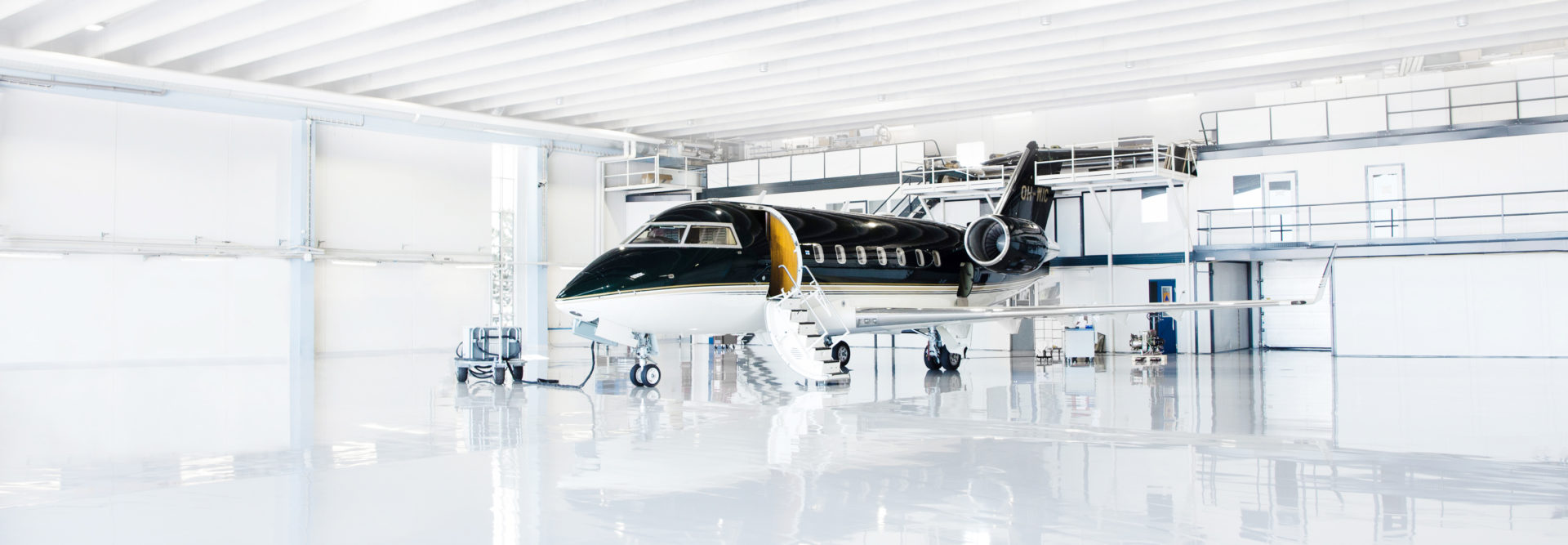
Crafting Your Mission Profile for Aircraft Acquisition
“Mission” is an industry-specific term for the details of a trip: distance travelled or flight range, operating hours, how many passengers, number of flight segments, luggage, cabin size, etc. These variables factor greatly into how much you pay for fuel, pilot and staff salaries, and engine maintenance, making the cost structure of one aircraft very different from that of another.
According to your flight habits, your average missions might differ from others. By going through these filtering questions, you’ll likely have a better understanding of what kind of aircraft suits your needs best.
Clarify Your Mission Profile – for What and How You Use Your Aircraft?
- What kind of trip is your typical mission?
- Flight Distance
- Passengers
- Payload
- Locations
- How much do your missions vary?
- How long is your typical mission? Do you fly short, continental, or intercontinental flights mainly?
- Do you fly more for business or leisure? Is your travelling very time-constrained?
- Specific weather conditions on your routes? Extreme heat or cold etc.?
- How much do you use it yourself, eg. your operating hours annually?
Meaning of the Mission Profile in Aircraft Acquisition
All these factors affect your choice of aircraft in different ways. For example, if your travel is more leisurely and less time-constrained, then the speed of an aircraft is not such a huge deciding factor for you. Knowing what you use the aircraft most for, determines the most critical deciding factors for you. You can narrow down the potential jets that meet your mission needs, including flight distance, payload, speed, cabin size, and runway performance.
Some deciding factors are easy to understand that they have an impact like passenger amount or typical flight range. There are also some factors you might not realize that affect what type of aircraft suits your needs.
One interesting factor is runway performance. Your destinations might be remote, or in areas surrounded by mountains, water, or cliffs, making it difficult to get to them. Also, there can be extreme weather conditions that add to the challenge. So ensure your aircraft can take off and land where you want to go. For example, Courchevel, a popular destination in the French Alps, has one of the shortest runways in the world, with a length of 525 meters and a gradient of 18,6%. On top of that, it has a difficult approach, making it a challenge for pilots and limiting the plane types that can land there.
There’s much to consider about your flight habits to determine what jet fits your mission profile. It’s good to go through your flight needs in detail and we would recommend providing this information to your acquisition partner or a trusted advisor before jumping in on a purchase. Based on your actual needs and requirements, they can offer the best-suited aircraft for you.
One last tip to finish this article: When you have determined your typical mission profile and there’s a shortlist of the jet types that might be right for you, you can charter a jet before buying one. This will help you decide whether it really is the best jet type for your needs. By chartering a specific type of jet, you can assess how far you can go, how much baggage you can take, and how comfortable the aircraft is for your typical mission.
Whether you are chartering or buying an aircraft, or you need someone to manage your jet – we’re here, ready to assist and lead you through the process! Jetflite has the soul of a boutique aircraft management company backed by broad financial shoulders from the Wihuri-group. If you are focused on high-quality and personal attention, then Jetflite is your ideal option.
Download a guide: How to Buy a Business Jet >>

City Break
Need a break but running short on annual leave? Plan your next city break with Jetflite and get exclusive deals on destinations around Europe. Take your pick: Rome, Vienna, Paris, Amsterdam…the list goes on!

Jetflite offers Sustainable Aviation Fuel together with Neste
Jetflite is a first-mover in offering lower-emission private business flights. Jetflite is committed to sustainable aviation and is now taking the first steps in reducing greenhouse gas emissions.

